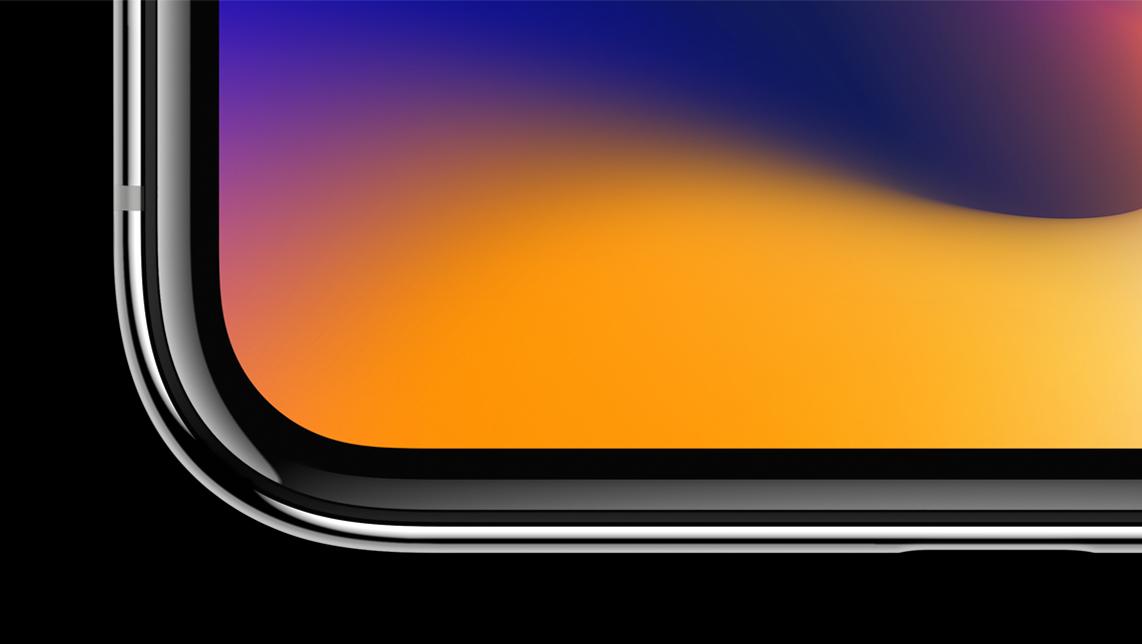It’s only been a couple of hours since Apple’s event, and I’m still chewing on what we saw, but my gut reaction is the event feels rushed. It feels like Apple felt obligated to announce something new and fresh for the ten year anniversary of the iPhone. The iPhone X, or what Apple called it on stage, the iPhone 10 is a push forward in technology but full of compromises and a total lack of detail.
The feeling I get is Apple rushed the iPhone X out the door for the event, and the iPhone 8 and 8 Plus were simply there to appease investors. The thought process is if the iPhone X is too expensive, then there are other iPhone’s that’ll drive sales. The iPhone X screams potential with the array of sensors on the top notch, the improvements to the OLED screen, wireless charging on the QI standard, and software tweaks to make the camera leaps and bounds better. At the same time, the lack of Touch ID and the embrace of the notch seems somewhat confusing. The Apple of a decade ago would have found a way to hide the notch elegantly, or boldly moved in a different direction than the rest of the industry. The Apple of today instead followed the pack with the near bezel-less display.

If Samsung and LG hadn’t put pressure on Apple, the iPhone X would have featured a bezel display with Touch ID, Face ID, and less confusing gestures to unlock the phone or access the command center. Samsung used a larger forehead on the Galaxy S8 to hide the cameras and opted out of using a hardware button, instead of using Android’s virtual home, back, and multitasking buttons. Apple tried to hide Touch ID below the screen but failed and ultimately decided to remove it altogether, but iOS is built around using a physical home button. Apple replaced the home button, virtual or physical with gestures. Those gestures feel half baked and another compromise Apple made to reach the edge-to-edge display, but what I’m wondering is what if Apple reduced the bezels and kept the home button and top forehead?
Apple’s iPhone X is the future but with compromises
Apple Androidified, the iPhone X in much regards with the adopting of the OLED screen, dropping a physical home button and following the edge-to-edge screen trend. But in the process, they removed Touch ID, shifted iOS to full gesture controls, and choose to mute the OLED’s ability to show deep blacks. The only new technology Apple included in the phone is in the camera array for Face ID. They included an infrared camera, a dot projector, and a flood illuminator. It’s technology never seen in a phone before, and Apple’s using it to map your face for Face ID but also allowing partners like Snapchat to use it for their filters.

Apple’s known for taking risks, but this year they didn’t take a risk. They released an average, traditional iPhone to prevent any sales slump from the increased price and they’ve further confused their phone line up with the iPhone SE, iPhone 6S, iPhone 7, iPhone 8, and the iPhone X. While every phone hits a different price point, it’s full of confusion for the non-savvy customer. I understand the argument for the iPhone X is it’s a pro market phone, but it doesn’t offer any pro market features. The Galaxy Note 8 is a pro device because of the S-Pen, and the iPhone X doesn’t have a pen or a function to say it’s for the pro’s
Apple should have only released the iPhone X this year, instead of releasing a copy of the iPhone 7. If Apple would have only released the iPhone X pundits and tech bloggers would have cried foul on removing Touch ID, but they would have noted how Apple’s removed the CD drive, USB, and other standards from devices with little to no notice. Samsung and LG would have felt pressure to go bigger next year, but now all they have to do is stay the course, and they’ll still win over more customers than ever.
What is the biggest drawback to the phone is the price tag? The iPhone X is $999, priced the same as the Note 8. For most customers, a $1,000 purchase isn’t an easy decision. That becomes a purchase on the lines of a washer and dryer or a fridge, and those purchases are made every five or so years. The phone cycle upgrade is every year, maybe two years if you’re leasing or renting your phone. While I’d rather spend $600 for a phone, I understand the increased price is getting a lot more in features and specs than other handsets.
No one wants second best, and that’s what the iPhone 8 is. The iPhone SE was second best, and didn’t succeed. While a small set of users like the lower priced devices, most consumers want the best device around. While the iPhone X will cost $50 a month or more to lease from Apple, T-Mobile, Verizon, AT&T, it will sell faster than anyone expects. I expect the iPhone X to be the phone everyone wants, and anecdotally the people I’ve asked have said they’ll get the iPhone X even though it’s slightly more expensive.
Let me know what you think! Are you going to get the iPhone X or are you just going to get the iPhone 8?
